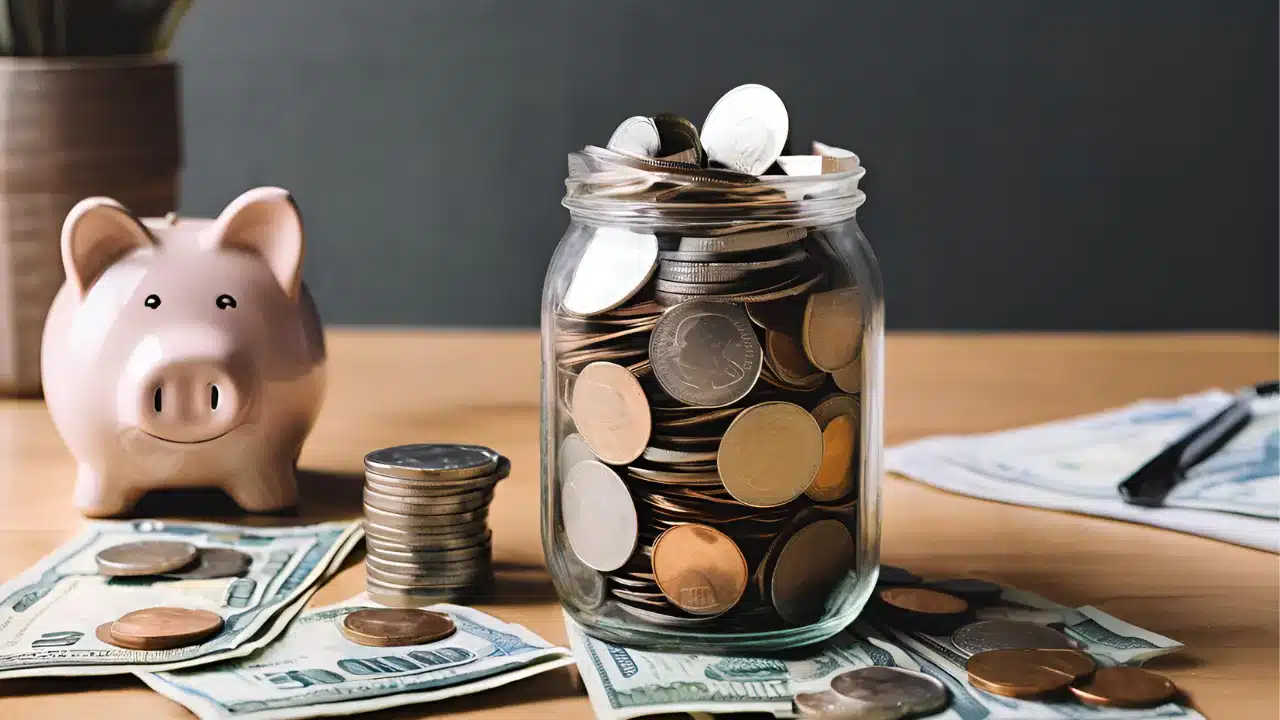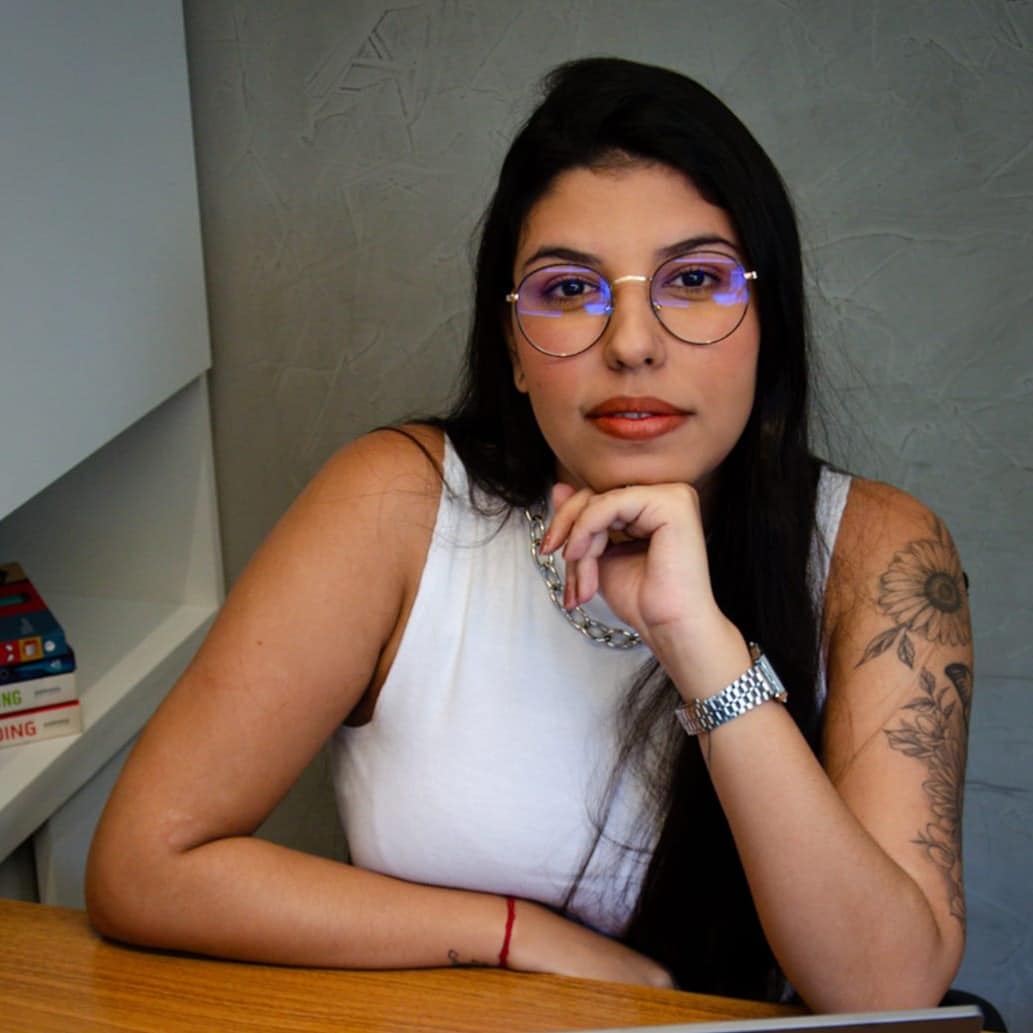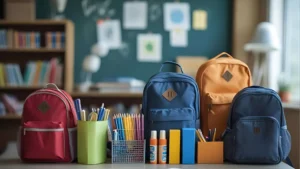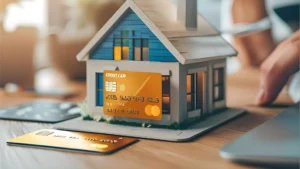In a scenario of unstable interest rates, rising prices, and political decisions that directly impact the global economy, living with financial peace of mind seems more and more like a privilege. But according to experts, you don’t need to predict the future to protect yourself from it. The answer may lie in something much simpler and more strategic: building an emergency fund.
Consumers are facing more uncertainty than usual regarding the economy. Even though the job market has remained stable, with unemployment at 4.2% in April, the push for tariffs by the Trump administration has reignited concerns about both inflation and a possible business crisis.

Building a financial reserve is the first step for those who want to face unexpected events without headaches in situations such as car repairs, health problems, or even home repairs and maintenance. It doesn’t need to start with extremely high amounts: having $2,000 (according to recommendations from institutions like Vanguard) can help avoid using credit cards during critical moments — and, with that, protect your financial health.
To protect yourself against potential job loss, the recommendation is to keep saving to build a reserve of three to six months’ worth of living expenses, which will allow you to pay your bills calmly while you look for another job — the average unemployment period was just under six months, according to the latest employment report.
What Is an Emergency Fund — and Why Does It Matter So Much?
An emergency fund is an amount reserved exclusively for unexpected expenses. A car breaks down, an appliance stops working, or a medical expense arises. These are situations not included in the budget, but they happen to everyone.
The emergency fund plays a crucial role in promoting well-being and reducing financial stress. To prove this, Vanguard conducted a comprehensive survey with a representative sample of adults in the United States. Participants were asked about their saving habits, their ability to handle unexpected expenses, and their perceived levels of financial stress. The data was analyzed to identify significant correlations and patterns.

The findings of this report highlight the need for coordinated efforts to encourage the formation of emergency savings, especially among vulnerable populations. By adopting proactive measures, it is possible to strengthen families’ financial resilience and promote a more economically stable society.
How Much Should I Save?
Given the potential turbulence caused by tariffs, some experts recommend that the financial reserve cover 12 months of expenses, as a form of protection in case companies begin to cut costs and lay off employees. However, that number may be too large for many people. Therefore, savers should start with a smaller goal and gradually increase it over time.
Vanguard, one of the largest mutual fund managers, suggests setting aside $2,000 or half of one month’s expenses, whichever is greater, as a reserve to cover unexpected but likely “shocks” at any time.
According to Paulo Costa, a behavioral economist at Vanguard, this fund is the best indicator of a person’s financial well-being. “Anyone with at least $2,000 saved can handle emergencies without resorting to high-interest loans,” he says.
Some studies show that low-income families who manage to save between $250 and $750 already significantly reduce the risk of serious problems such as utility shutoffs, eviction, or default.
Additionally, it’s always important to consider your family’s circumstances. If you’re married and both partners earn good salaries, a reserve of three months’ expenses may be enough. But if you work in a low-demand niche and may take time to find a new job, it might be wise to reserve enough money to cover six months of expenses or more.
According to Spencer Betts, a certified financial planner in Lexington, Massachusetts, the more specific the goal, the easier it is to save for it. However, for some people, the guideline of having a reserve that covers three to six months of expenses may seem a bit intimidating.
That’s why J. Michael Collins, a professor at the University of Wisconsin in Madison and an expert in household finance, suggests you ask yourself: “What keeps you up at night? Paying rent or the mortgage? Car payments?” Try to set aside enough to cover one or two months of those expenses, he said.
Where Should I Keep My Emergency Fund?
Whether you’re just starting or already have a financial reserve, it should be accessible — but not too accessible. Ideally, place it in a separate account, such as a high-yield savings account, daily-liquidity fixed-income funds, or even digital accounts that offer higher returns than traditional savings.
Most high-yield accounts, often available at online banks, pay 3% to 4% above inflation — or even more in some cases.
One important point: avoid keeping your savings in your checking account. Mixing your emergency reserve with your daily budget increases the chances of spending it on non-emergency expenses.
How to Save Money to Build This Fund?
After starting my emergency fund, I gradually adapted strategies that worked with my routine and reality. Over the years, I’ve learned and shared some tips with close friends — and of course, now I’m sharing them with you too.
- Review your monthly expenses. Evaluate what can be temporarily reduced or cut: delivery services, subscriptions, expensive outings. If you eat out several times a month, consider reducing it to once a month.
- Postpone big purchases. Delaying buying a new car or phone can free up funds for saving. Also, analyze whether you can stretch the time between personal services, like haircuts or salon visits.
- Use extra income wisely. Tax refunds, bonuses, or any unexpected earnings should go straight into your emergency fund.
- Automate your savings. Set up automatic monthly transfers to your emergency fund. That removes the burden of decision-making.
- Create savings challenges with your family. Saving for an emergency fund can often be challenging and uncomfortable. It takes us out of our comfort zone. So create a personal or family mission — this can turn it into a fun and lighter challenge.
Companies Can Help Too
The SECURE 2.0 Act is a retirement law provision that came into effect in 2024 in the United States. This law allows employers to offer emergency savings accounts within corporate retirement plans. It enables employees to contribute fixed monthly amounts and access the funds when needed.
In addition, tools such as budgeting apps, digital accounts with savings goals, and employers offering flexible benefits can also encourage the savings habit among workers.

Conclusion: Predictability Is a Luxury — But Prevention Is Possible
You don’t need to predict the future. But you can — and should — prepare for it. Building a financial reserve is the most direct way to face economic instability with peace of mind. Even amid uncertainty, it’s possible to build stability by starting with small choices.







